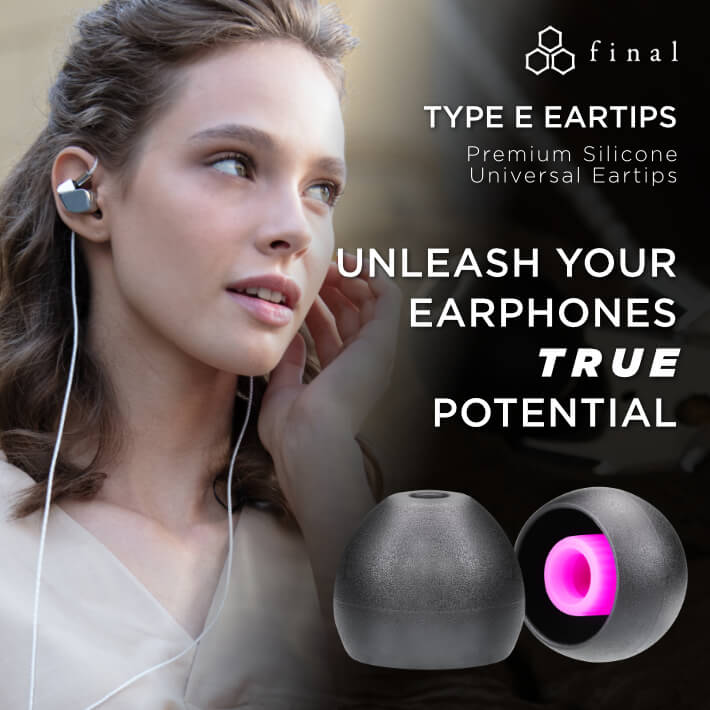What’s the difference between Noise Cancelling and Sound Isolating?
It’s easy to confuse the benefits of noise cancelling with sound isolating headphones. This is easily done, as essentially they are both doing something similar but in very different ways. Because of this you want to make sure you choose the right headphones for your situation – this article will help clear things up for you.
Noise Cancelling
Noise cancelling headphones can reduce the amount of low frequency hum or ambient sounds reaching your ear drums. This can make it possible to listen to your music without having to raise the volume excessively, or even help you get some good sleep on a long journey – they don’t cancel out all noise though. They are useful for people who travel a lot, especially by plane or train as the engine noise can become a nuisance. These headphones use active noise control to cancel out low frequency noise so they will need power; usually using batteries or USB power. Depending on the model of headphone, if the power runs out one of three things will happen:
- The noise cancelling function will stop running but you will still get sound from the headphones.
- The sound will completely cut off, you will need to change batteries/recharge to use the headphones.
- The noise cancelling will stop running and if the speakers have high impedance (require more power) then the sound you get will be faint.
A good example here is the B&W PX5, they are a Bluetooth wireless headphone that feature active noise cancelling (ANC) technology.
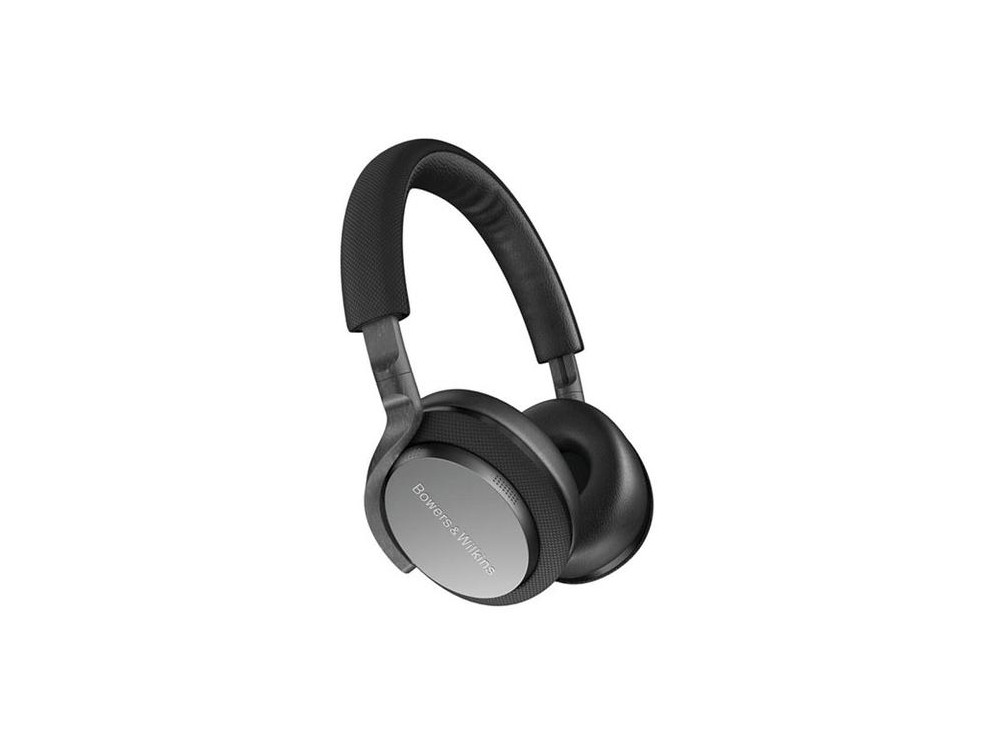
Sound Isolation
Sound isolation is a term used for headphones that block out external noise and reduce the amount of sound leaking for others to hear passively (without power), and this is achieved by their build quality and materials used. Most closed back headphones or in-ear isolating earphones do this, and some will do it better than others. Lots of things can improve isolation such as leather ear pads, a good in-ear seal, heavy clamping force (tight fit on the head), acoustic treatment in the ear cups and even the shape and material of the driver housing. A prime example being the Shure SRH840, these have no noise cancelling but for everyday use they block out enough outside noise, making them great for noisy environments.
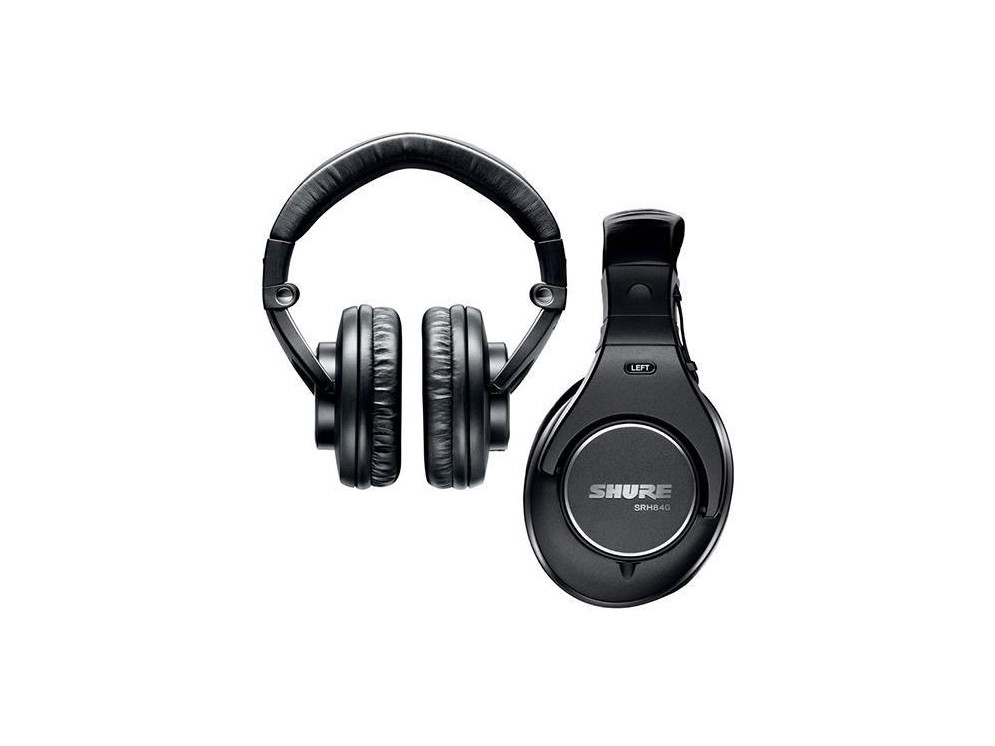
Summary
Noise cancelling is great in theory, and for long journeys on planes it can be very effective, however it does have its drawbacks. In solving one problem, it creates another, and this is noise and lack of dynamic range in some senses. The other thing to note about noise cancelling is it is only effective against constant background noise, and does not help with sudden loud noises. So it has its uses, but for most people, especially those wanting the best sound, noise isolating headphones are the only logical choice. The company will have put time into tuning the housing to reduce resonance, along with experimenting with different pad materials, to bring you the best sound and isolate unwanted noise.


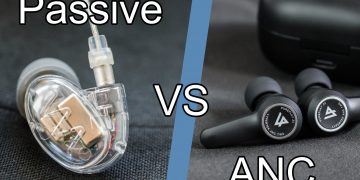
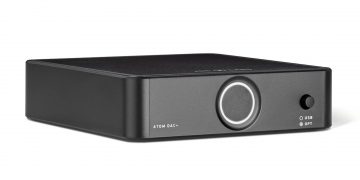
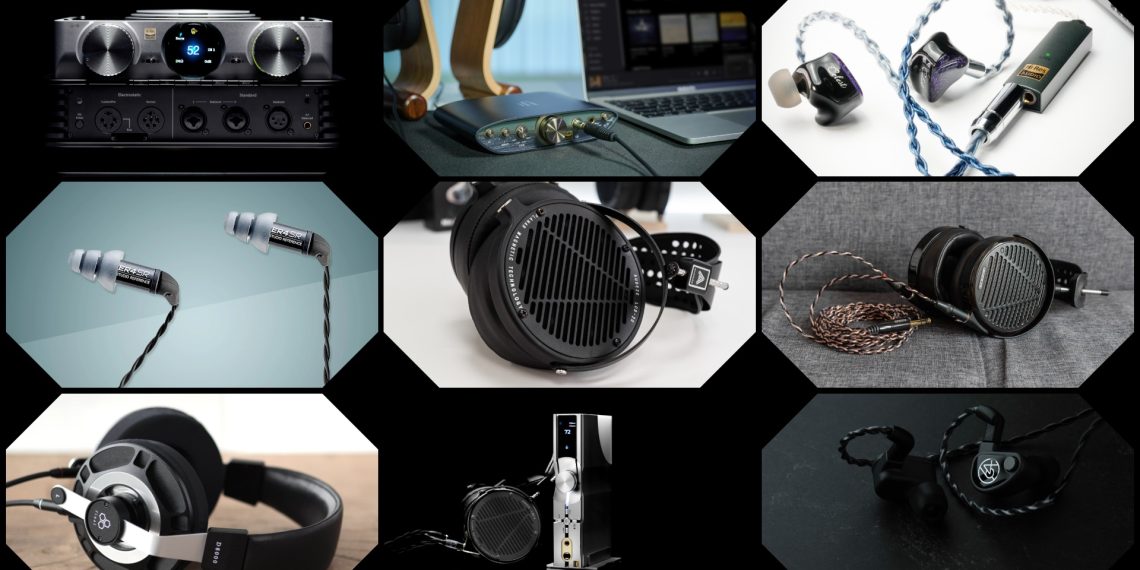 HiFiHeadphones Best Buy list
HiFiHeadphones Best Buy list